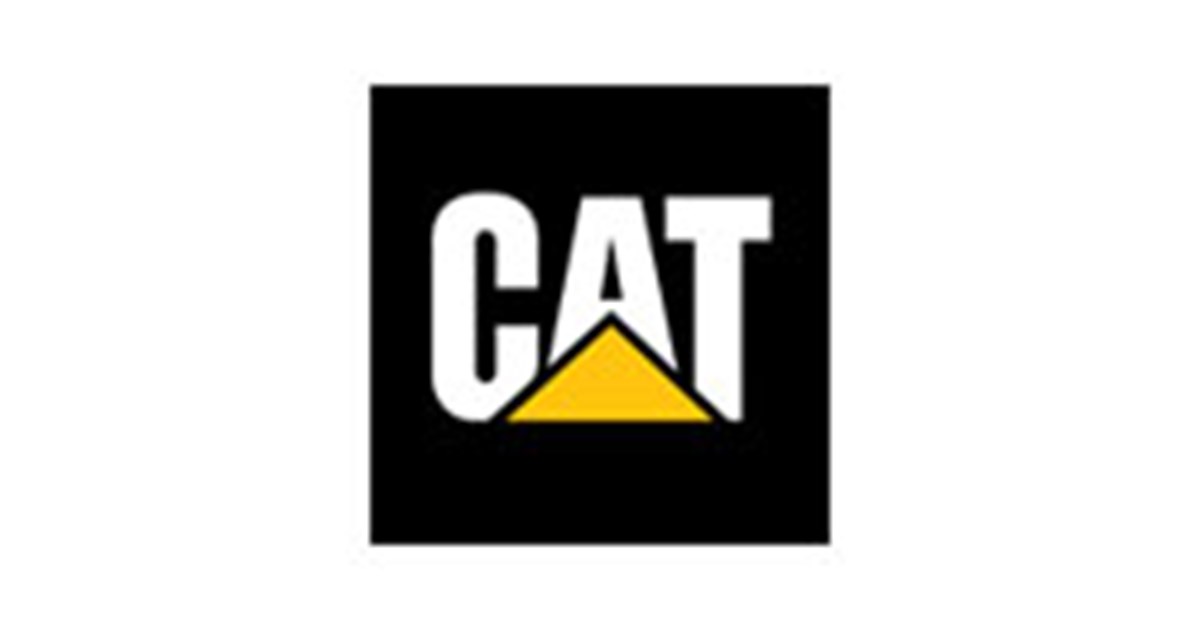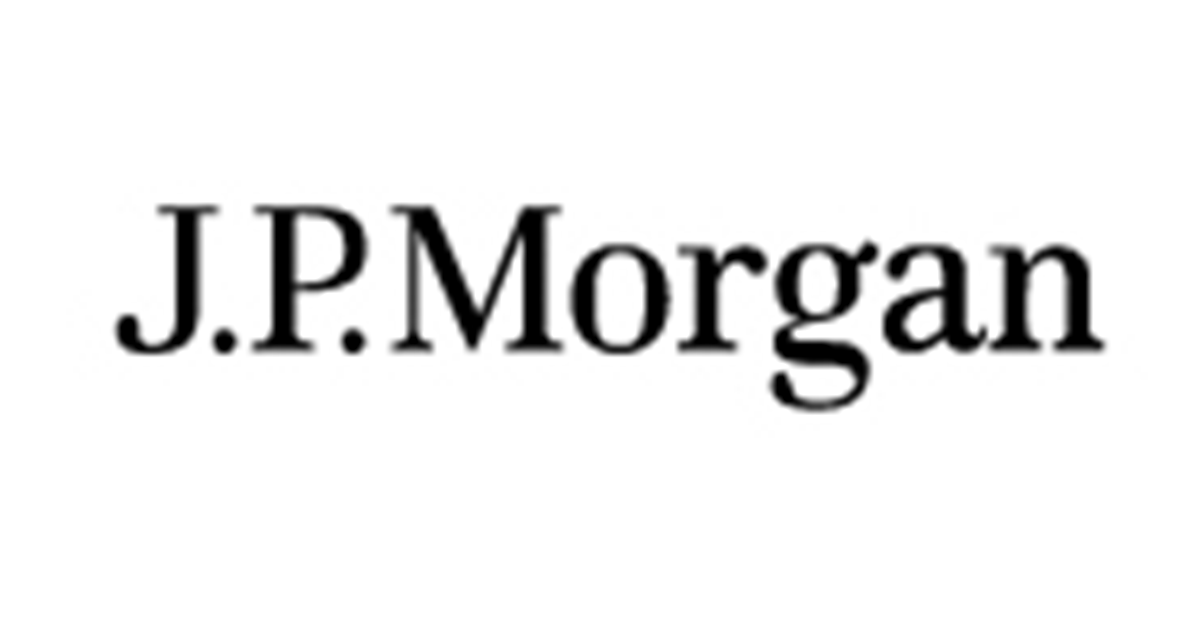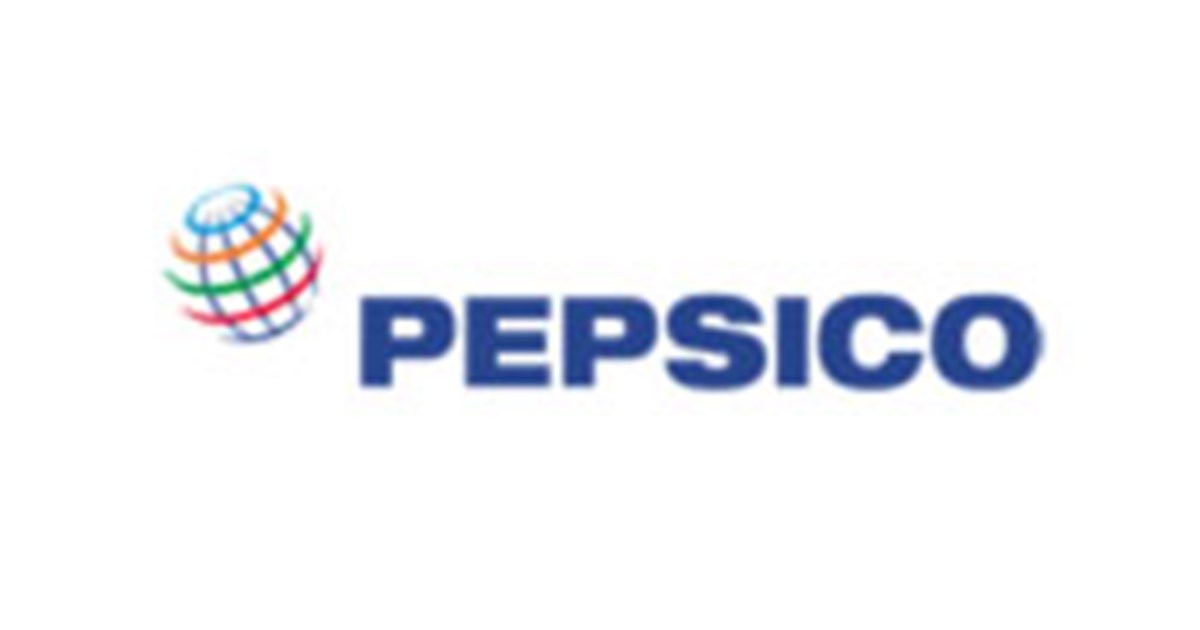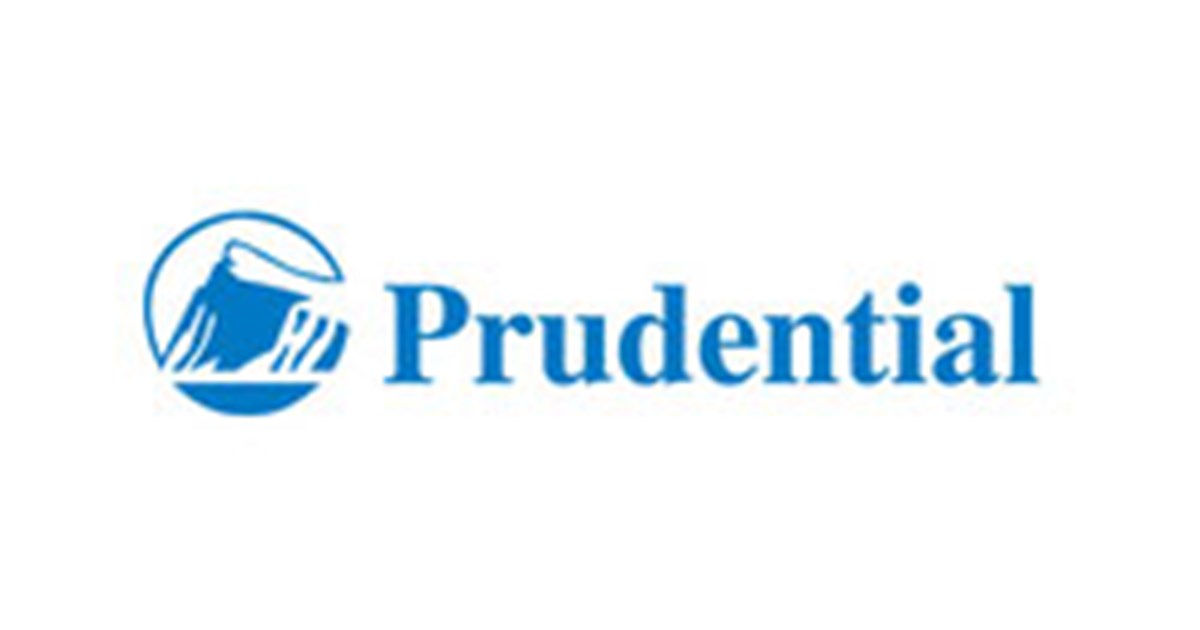Papers & Reports

The Propagation of Tariff Shocks via Production Networks
This article analyzes the macroeconomic impact of import tariffs through the lens of input-output linkages in a small open-economy New Keynesian framework. By modeling how tariffs imposed at different production stages transmit through supply chains, it shows that upstream tariffs depress downstream output, while downstream tariffs stimulate upstream sectors. The overall macroeconomic effect—whether contractionary or expansionary—depends on the economy's production network. Regardless of direction, tariffs consistently raise inflation, with the persistence of that inflation tied to network structure. Empirical support from U.S. tariff data validates the model’s predictions. Simulations of the “Liberation Day” tariff package suggest it would produce acute stagflation.

What Went Wrong in the Apple State Aid Case: Part 1 - The Case
This article provides a comprehensive reconstruction of the Apple state aid case, the European Commission’s most prominent enforcement effort against corporate tax avoidance through state aid rules. By examining official documents and decisions, the article traces how the Commission concluded that Ireland granted illegal aid to Apple, focusing on its contested use of the “allocation-by-exclusion” method and its invocation of transfer pricing norms that were not contemporaneous with the disputed tax rulings. While primarily descriptive, the article reveals how the Commission’s retroactive reasoning and ambiguous invocation of the arm’s-length standard raised both procedural and substantive concerns. It serves as a factual and legal foundation for critical analysis in a subsequent companion piece.

The Forgotten Attribution Power
This article offers a comprehensive analysis of Congress’s constitutional power to attribute income for federal tax purposes, arguing that the Supreme Court’s decision in Moore v. United States aligns with a long-standing doctrinal tradition. Drawing on early 20th-century litigation over the taxation of trusts, corporations, and marital property, the article shows that the Court historically upheld broad congressional authority to tax one party based on another’s income, constrained only by due process. By tracing this attribution power through overlooked legal sources, the article supports the Moore majority’s reasoning and extends it to endorse modern tax reform proposals that allocate corporate income to shareholders.

Income Source in a Digital Age
This treatise chapter analyzes the 2025 Treasury regulations addressing the longstanding difficulties in applying U.S. source-of-income rules to intellectual property transactions. As digital content becomes the dominant form of IP, categorizing income as interest, dividends, rents, royalties, or gains has grown increasingly complex and economically significant. The chapter explains how the new regulations aim to clarify the sourcing of income from digital IP transactions, particularly by distinguishing between sales, licenses, and services and by refining the application of §§ 861–865. It situates the 2025 rules within the broader doctrinal framework and highlights their practical implications for cross-border taxation of digital IP.

Preferential Liberalization and MFN Tariffs: New Evidence from a Global Sample of Free Trade Agreements
This article presents a novel empirical strategy to test how Free Trade Agreements (FTAs) influence external tariffs toward non-member countries. Analyzing data from all FTAs signed between 1988 and 2017, it finds that FTAs generally encourage modest reductions in Most Favored Nation (MFN) tariffs, contradicting the common view that FTAs lead to more protectionist external policies. The results reveal a small but consistent complementarity effect between preferential and MFN tariff cuts, especially when major trading partners are involved. The paper also provides empirical support for theoretical mechanisms like rent destruction and shows how its methodology enables broader testing of trade policy models.

The Global Minimum Tax and Intra Western Tax Competition
This article offers a critical reassessment of the Global Minimum Tax, framing it not as a milestone of international unity but as a strategic instrument of intra-Western tax competition, particularly in light of President Trump’s recent executive order repudiating the U.S.’s prior support for the OECD’s global tax deal. It highlights how the Global Minimum Tax—once celebrated as a multilateral breakthrough—exposes underlying geopolitical tensions, with Western powers divided in their fiscal strategies and economic priorities. The analysis focuses on the European Union’s push for strategic autonomy and the United States’ internal gridlock and policy reversals, suggesting that the GMT reflects a fragmented and power-driven international order rather than a cohesive multilateral framework.

Trump Tariffs and Stock Prices
This article examines the impact of Trump-era tariffs and associated trade policy uncertainty on major U.S. stock indices using a structural vector autoregression model that accounts for global macroeconomic variables. The findings reveal that tariff shocks initially boost the S&P 500, Nasdaq Composite, and Dow Jones indices in the short run, but exert negative effects in the long run. Trade policy uncertainty, by contrast, has limited short-run impact but leads to a decline in stock prices over time. The combined influence of tariff and uncertainty shocks accounts for up to 35% of S&P 500 volatility, 20% for Nasdaq, and 54% for the Dow, underscoring the significant role of trade policy in driving market fluctuations. The paper concludes with policy recommendations to mitigate volatility and manage long-term investment risk in response to trade-related shocks.

The Impact of the US-China Trade War on Vietnam's Us Exports
This article investigates the spillover effects of the US-China trade war on third countries, using Vietnam’s exports to the U.S. as a case study. Analyzing highly detailed U.S. import data from 2017 to 2020, the study finds that although Vietnam’s overall exports rose by 8%, the average effect was statistically insignificant. However, Vietnam’s exports grew significantly in sectors where China had a pre-tariff war comparative advantage, suggesting Vietnam captured displaced Chinese trade. The paper also finds strong links between increased Vietnam-to-U.S. exports and rising China-to-Vietnam exports, as well as greater multinational corporation (MNC) activity, indicating tariff circumvention via supply chain reallocation. MNC activity is more closely associated with the extensive margin, reflecting new trade relationships rather than just expansion of existing ones. This article contributes to understanding how trade protectionism reshapes global value chains and redirects trade through third countries via strategic corporate responses.

Crystals and Mud in International Taxation: Why the Principal Purpose Test's Impact Will Not Meet Expectations
This Note reevaluates the Principal Purpose Test, a provision introduced into over 2,300 bilateral tax treaties since 2015 to combat treaty abuse and tax avoidance. The PPT allows countries to deny treaty benefits when it is reasonable to conclude that obtaining those benefits was a principal purpose of a taxpayer’s arrangement. While critics argue the rule is overly vague and grants excessive discretion to tax authorities, this Note contends that such concerns are overstated. It argues, first, that legal standards like the PPT tend to crystallize over time through administrative and judicial interpretation, becoming more predictable. Second, jurisdictional variation in enforcement — with some countries applying the PPT assertively and others, including tax havens, interpreting it narrowly — will moderate its global impact. The Note ultimately defends the PPT as a balanced and pragmatic reform: one that enhances accountability for tax avoidance without fundamentally disrupting existing international tax frameworks. Its true effect, it concludes, lies in the divergent enforcement choices of treaty-partner countries.

Transfer Pricing and Investment - How OECD Transfer Pricing Rules Affect Investment Decisions
This article analyzes how the OECD’s transfer pricing guidelines influence multinational corporations’ investment incentives by embedding different transfer pricing methods into a theoretical model of tax planning. The model shows that the investment effects of tax-motivated transfer pricing depend on how the transfer pricing method constrains firms. When the method focuses primarily on the transfer price, firms respond by increasing investment, as shifting profits through price adjustments becomes more attractive. However, when the method equally constrains profit shifting by both price and quantity, transfer pricing has no impact on investment at the intensive margin. The findings offer policy insights for designing transfer pricing rules that minimize distortions and suggest new empirical directions for studying how transfer pricing regulation shapes multinational investment behavior.


































